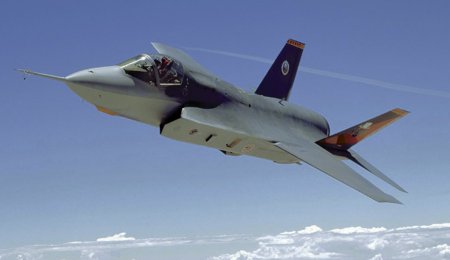Increasing risk from heat-seeking weapons prompts Ministry of Defence to seek protection solutions for aircraft
The UK Ministry of Defence has contracted BAE Systems Avionics to develop a multi-band laser for its in-service directional infrared countermeasures (DIRCM) system, in an attempt to address the emerging threat to its aircraft posed by infrared-guided missiles.
BAE is now conducting risk-reduction activities on a new laser jam head for the Northrop Grumman-developed Nemisis DIRCM system, and is involved in environmental testing. Dubbed Lance, this will provide "high survivability for all helicopter, fixed-wing and large multi-engine transport aircraft from attack by the full spectrum of heat-seeking missiles", BAE says.
Designed as a "bolt-on" to the baseline DIRCM system and already being promoted to potential export customers, Lance has a mass of less than 10kg (22lb), making it suitable as the basis for future fast-jet applications, says BAE.
The company has also for the first time acknowledged its manufacturing role in the Nemesis DIRCM project, revealing that it has delivered its 450th laser transmitter for the system to Northrop Grumman's Rolling Meadows plant in Illinois. The system has so far been integrated with 22 fixed-wing and helicopter types for three countries.
In a further expansion to its laser products business, BAE opened a new £4 million ($7.3 million) centre of excellence at its Crewe Toll site in Edinburgh on 22 March. This will design and produce lasers for the F-35 Joint Strike Fighter's electro-optical targeting system (EOTS), under a September 2003 contract with Lockheed Martin.
"This is an important contract for our laser centre of excellence", says Allan Colquhoun, capability manager for BAE Systems Avionics' airborne electro-optics group. The F-35's laser will be used for range finding, target designation and training purposes, with first systems to be delivered to Lockheed Martin Missiles Fire Control in Orlando, Florida in mid-2006.
The embedded EOTS will be concealed beneath a twin-aperture sapphire window under the aircraft's forward fuselage, and will form part of its wider electro-optical suite, which also includes a distributed aperture system. BAE projects that all F-35s ordered for the USA and the UK will be equipped with the EOTS, representing an initial market for around 3,000 systems.
In addition to manufacturing lasers for the F-35, BAE's Edinburgh site will also be used to support in-service products manufactured by the UK company. The facility is also equipped with an automated system for use during the critical alignment of targeting lasers.
BAE Systems Avionics is conducting flight tests of an improved version of its thermal imaging airborne laser-designation (TIALD) pod, under a contract with the UK Ministry of Defence. Now nearing the completion of development activities on its improved TIALD 500 system, the company says the design will offer improved pointing and stabilisation capabilities over the Royal Air Force's current 400-series pod. It also features a new 3-5µm thermal imager, it says. The TIALD500 will be suitable for integration with the RAF's BAE Harrier GR7, Sepecat Jaguar GR3 and Panavia Tornado GR4 strike aircraft. The system will be contained within a 2.9m (9.5ft) pod, with a carriage weight of 230kg (507lb). BAE also recently received a capability-based contract from the MoD to provide logistics and other support to the RAF's inventory of TIALD systems.
CRAIG HOYLE / EDINBURGH
Source: Flight International























